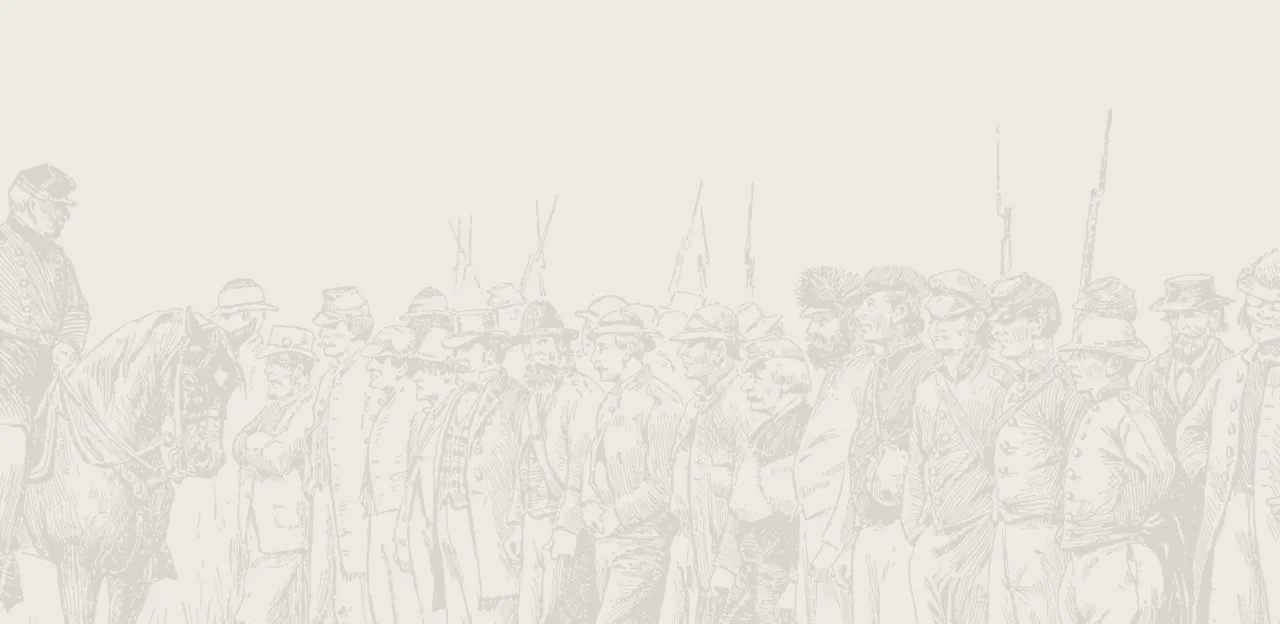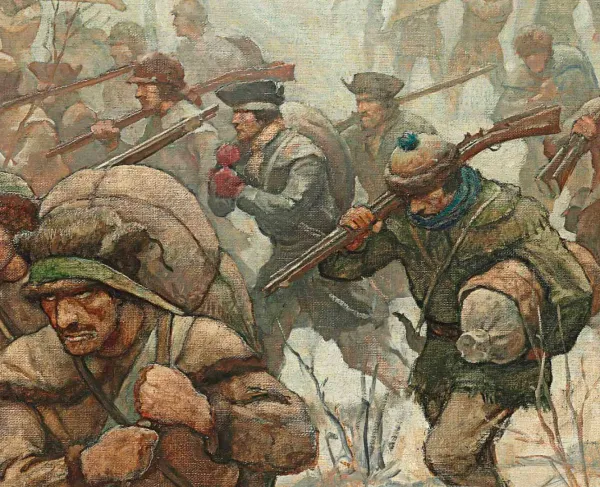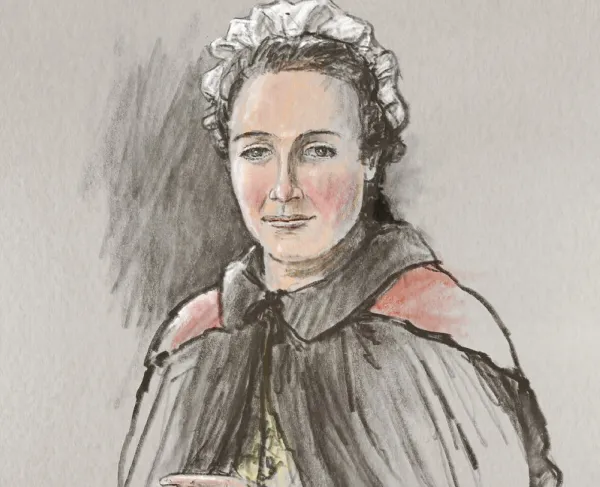Third Winchester

The Battle of Third Winchester
Opequon
Executing his orders to clear the Shenandoah Valley of Confederates, Maj. Gen. Phil Sheridan moved toward Winchester in mid-September 1864. Sheridan’s force of over 39,000 men was more than twice the size of Maj. Gen. Jubal Early's Confederate army defending the valley. After Brig. Gen. Joseph Kershaw’s Confederate division left Winchester to rejoin Robert E. Lee’s army at Petersburg, Early renewed his raids on the Baltimore and Ohio Railroad at Martinsburg in the lower valley on September 17. Eager and confidently dispersing his infantry, Early left the divisions of Brig. Gens. Stephen Ramseur and Gabriel Wharton to occupy the area in and around Winchester. Sheridan decided to exploit the opportunity to pounce upon an isolated portion of Early’s army defending the Valley’s largest town.
At 3:00 a.m. on September 19, Union cavalry swept Confederate pickets out of the Berryville canyon east of Winchester, allowing Maj. Gen. Horatio Wright's VI Corps and Brig. Gen. William Emory's XIX Corps to advance. Sheridan’s infantry columns created a jam in the narrow canyon, which, along with steady resistance by Ramseur’s men, allowed time for Early’s other divisions to form a line of battle before the Union infantry assault took place.
Late that morning, Sheridan launched a massive attack. Major Walker of the 11th Vermont later recounted: “[Sheridan’s men were inspired that he was] at the very front and under fire of the enemy…carefully attending to details which we had been accustomed to see more celebrated commanders entrust to their staff.” Union regiments pierced the Confederate lines but strong artillery fire and a determined counterattack drove the Northerners back across the “Middle Field,” now the bloodiest ground in the Shenandoah Valley. Union VI Corps veterans in reserve blunted a Confederate counterattack.
Later that afternoon, Sheridan unleashed his VIII Corps under Brig. Gen. George Crook and a cavalry division under Brig. Gen. Alfred T. A. Torbert broke the Confederate left flank. Sheridan rode “along the whole of our extended skirmish line, wheeling out from the storm of bullets only as he reached our own division, and pausing as he passed between the brigades to exclaim: “We’ve got’em bagged, by God!’” Early scrambled to maintain his line but was steadily forced backward to the Star Fort and Fort Collier on the north edge of town. By early evening, Early was falling back through Winchester southward towards Fisher’s Hill.
Confederate generals Robert Rodes and Archibald Goodwin were killed, and generals Fitzhugh Lee, William Terry and William Wharton were wounded. Union Brig. Gen. David Russell was killed, and generals John McIntosh, Emory Upton, and George Chapman were wounded. Third Winchester was the bloodiest battle of the Shenandoah Valley, resulting in more casualties than the entire 1862 Valley campaign. Sheridan’s victory began a series of losses for Early’s army from which it would not recover. By the end of October 1864, Sheridan had brought the Valley firmly under Union control.





